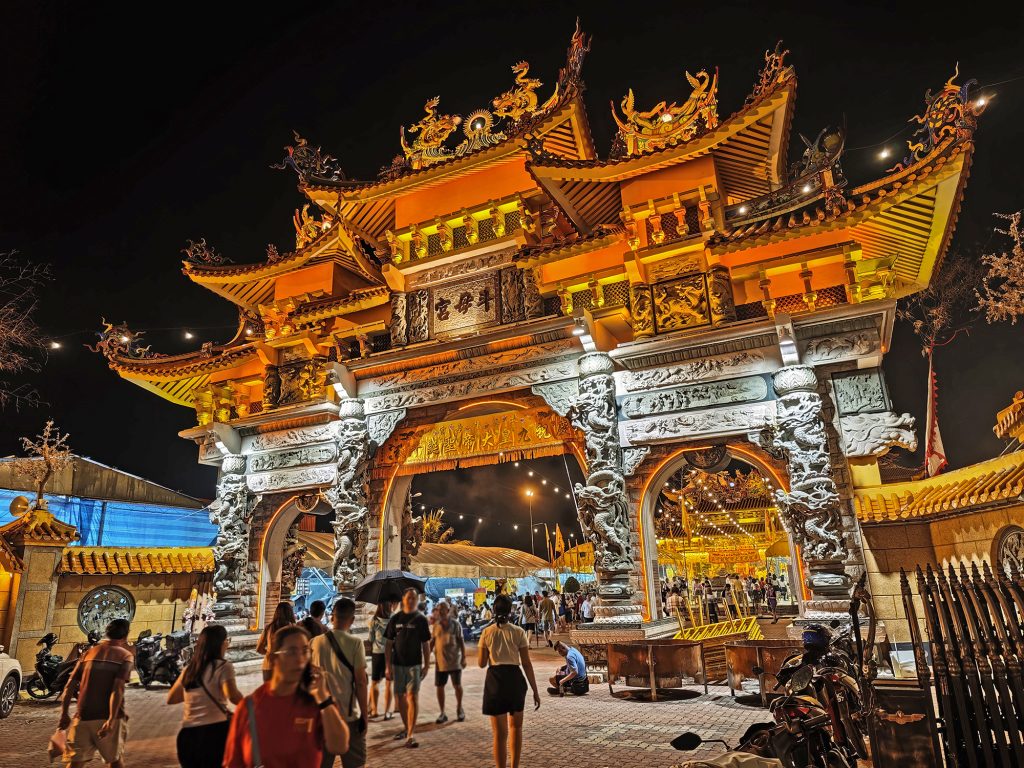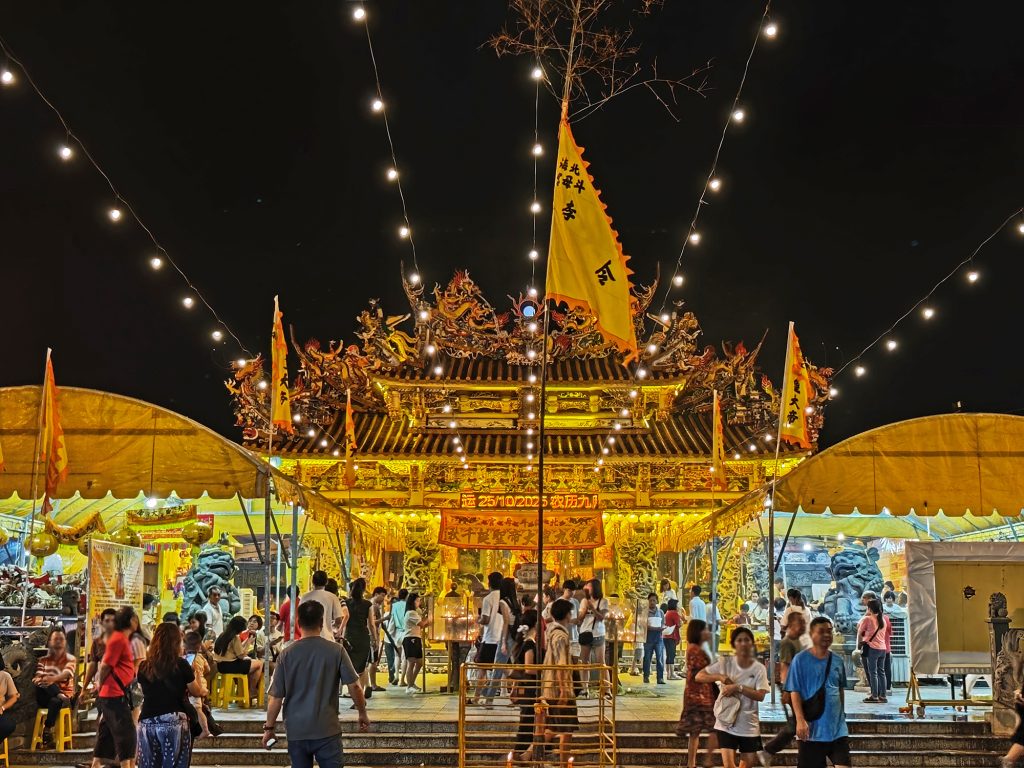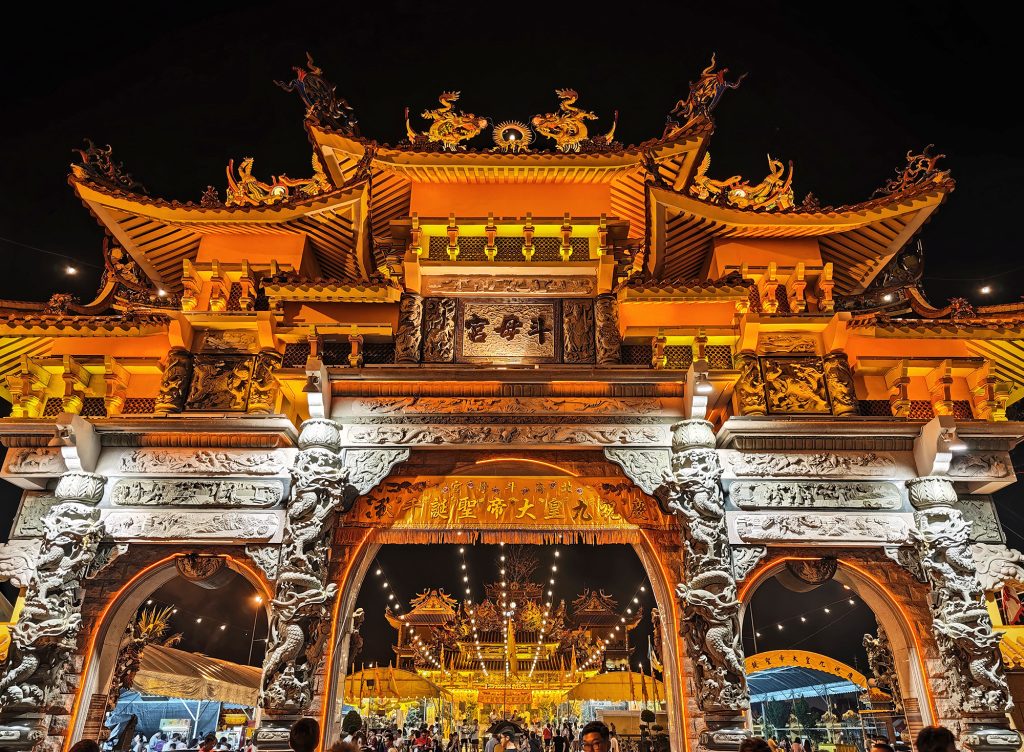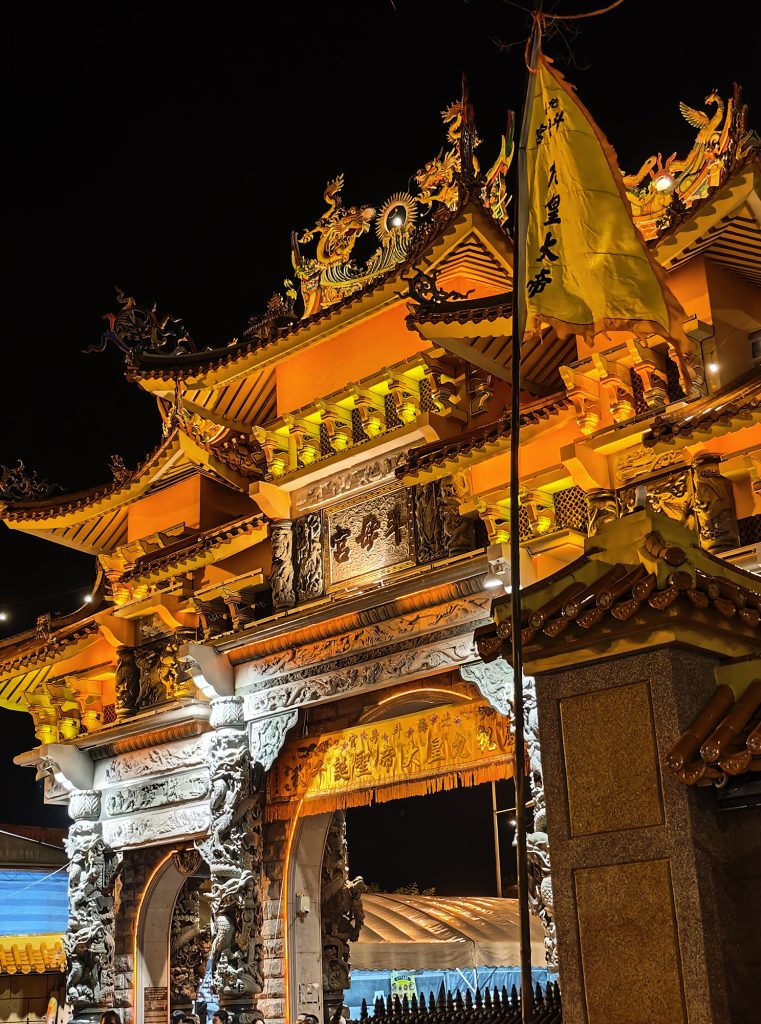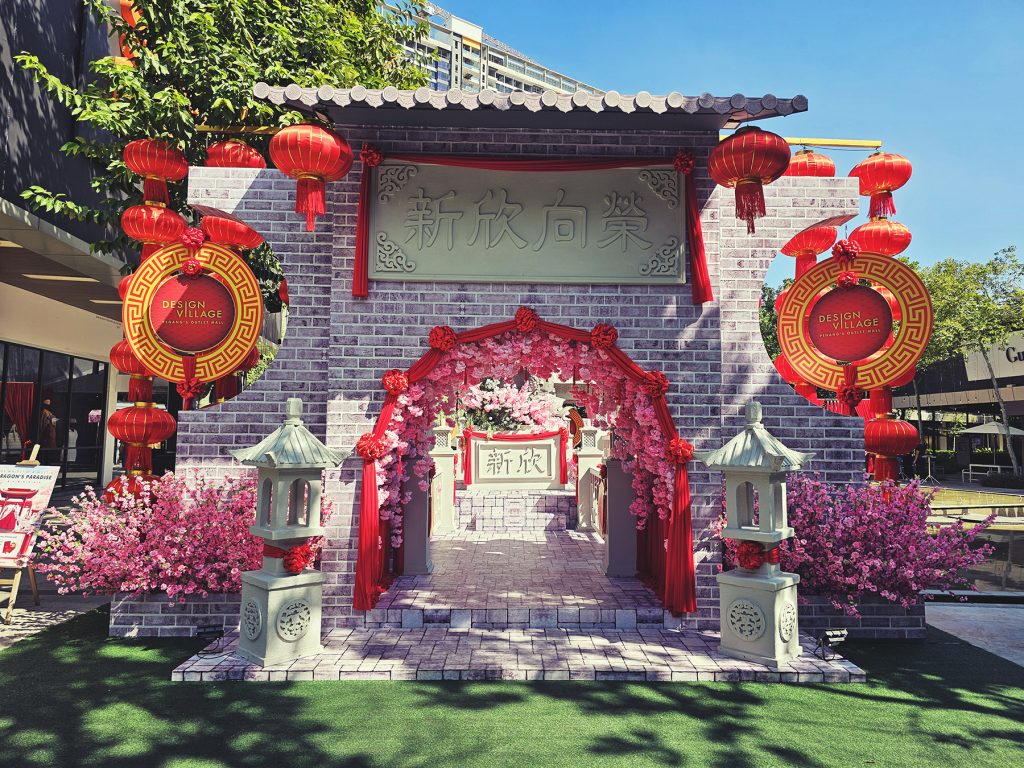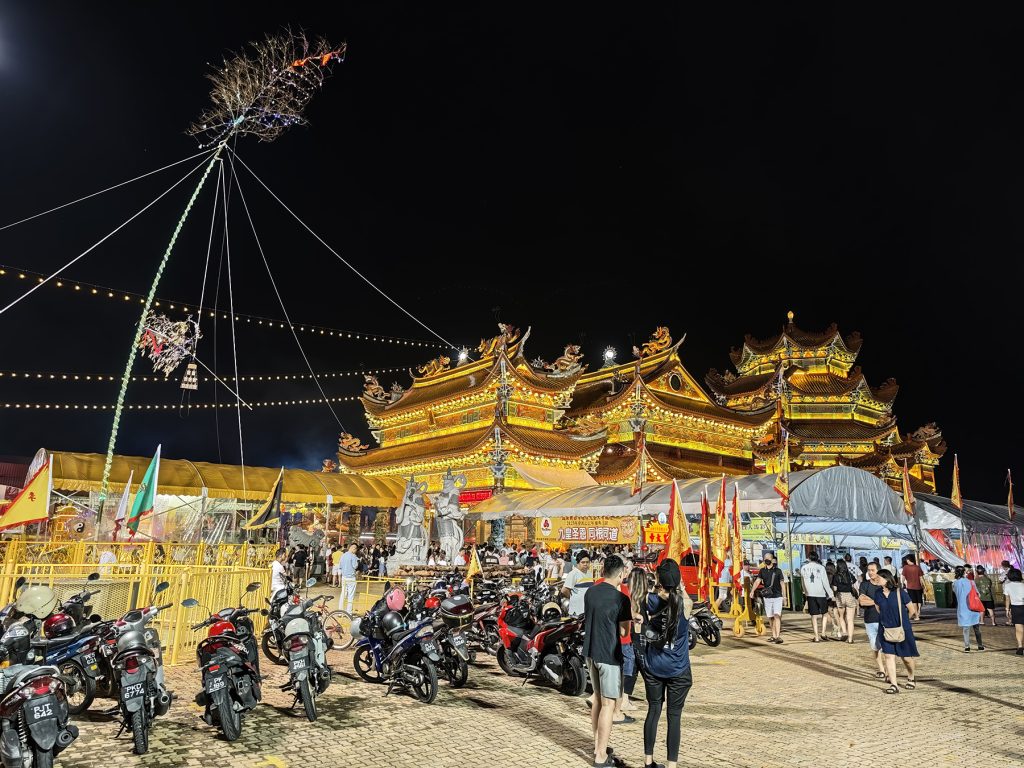

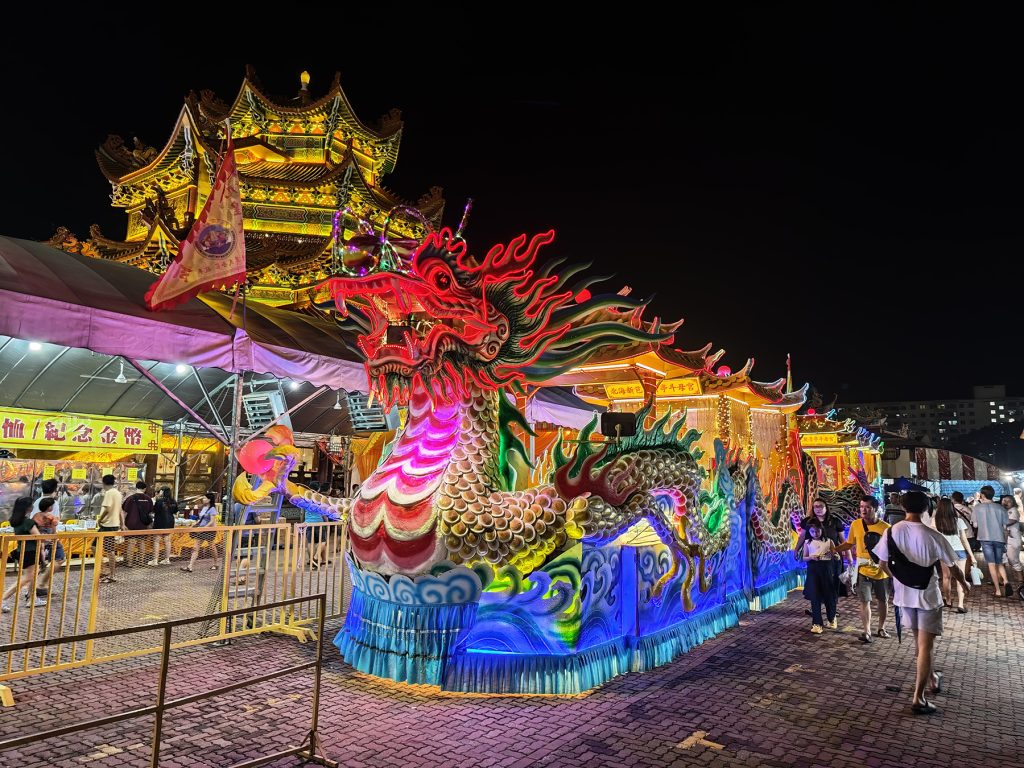
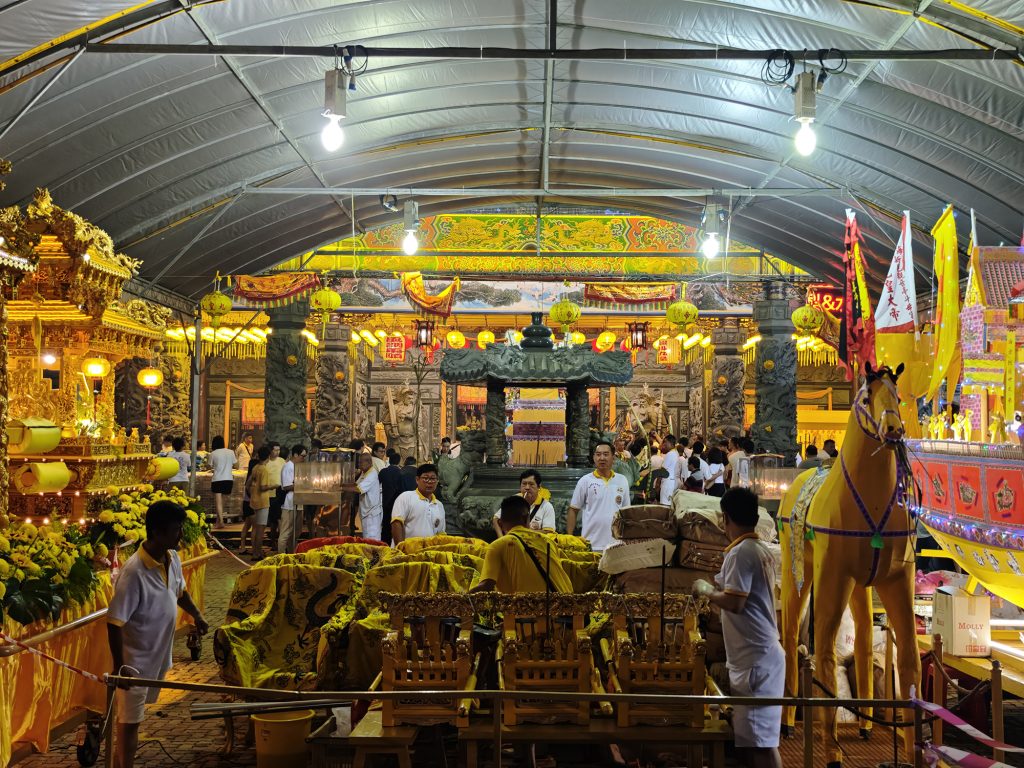

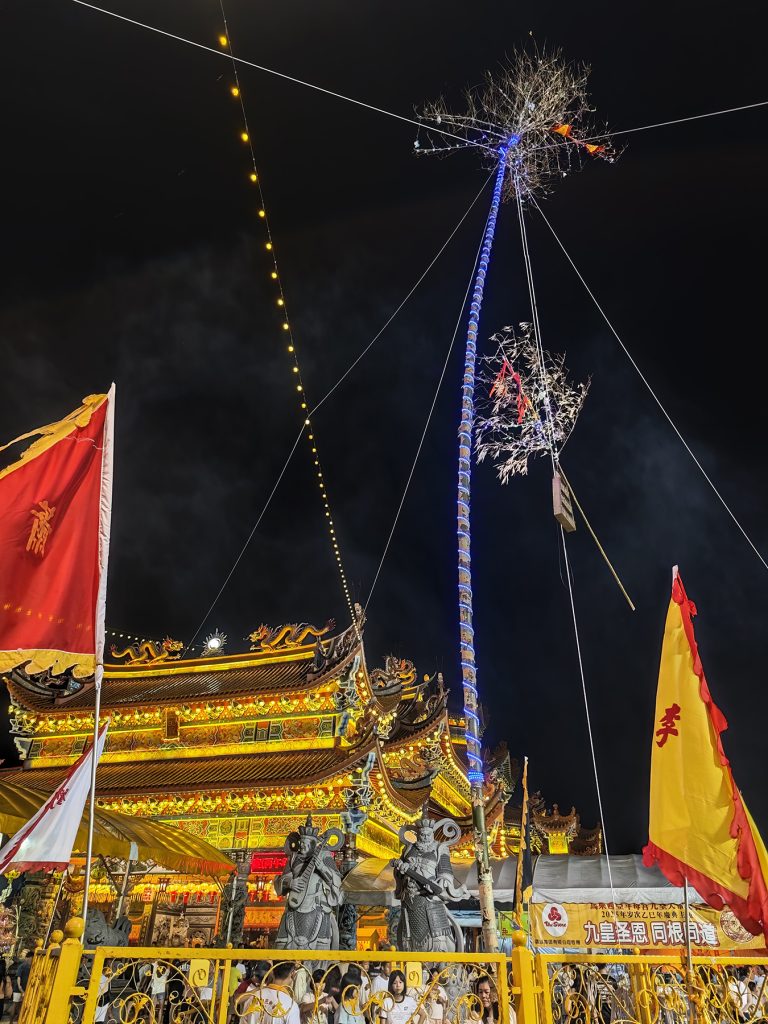
The Nine Emperor Gods Festival is a major Taoist celebration held during the ninth lunar month, honoring nine deities believed to control the movements of planets and bring good fortune. In Penang, especially at temples like Tow Boo Kong in Raja Uda, the festival is marked by vibrant rituals, long processions, vegetarian food offerings, and the lighting of massive incense sticks. Devotees often observe a nine-day vegetarian diet as an act of purification and devotion. The celebration is both spiritual and cultural, filling the streets with color, music, and prayers.
The Nine Emperor Gods Festival is steeped in legend and ancient Chinese cosmology. According to Taoist belief, the Nine Emperor Gods (known as Jiuhuang Dadi) are celestial beings representing the nine sons of Dou Mu, the Goddess of the North Star, who governs the universe and controls the life and death of mortals.
One of the most popular legends tells that the festival originated during China’s Qing Dynasty, when a secret society of devotees prayed to the Nine Emperors for protection against oppression. When the prayers were answered, the people began holding annual rituals to honor the gods.
During the festival, devotees welcome the gods on the eve of the ninth lunar month with a ceremonial procession to the sea or river, believed to be the portal through which the deities descend to Earth. After nine days of prayers, offerings, and vegetarian observance, the gods are sent back to the heavens through another water procession.
